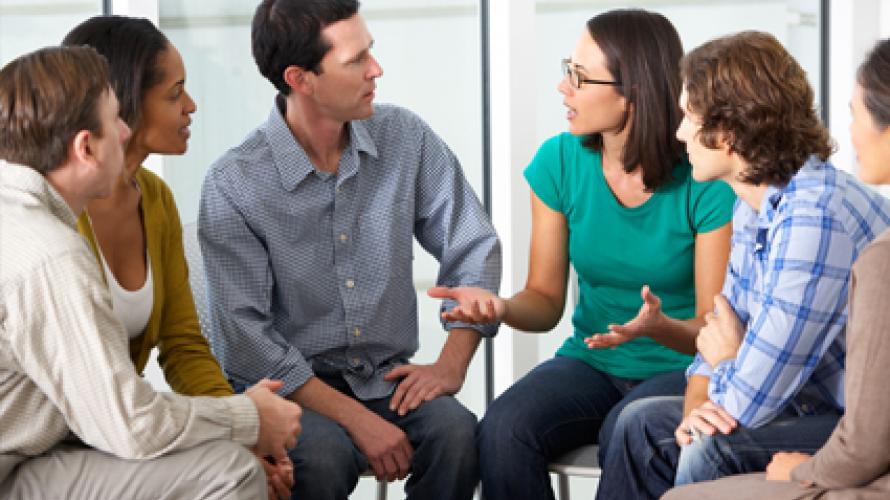
What is the study about?
The researchers identified a need for the development of a measurement tool to determine the social impact of burn injury. They created a pool of questions that specifically captures the social aspects of recovery, since current questionnaires tend to focus on physical recovery. The items measure aspects of different social roles in which people engage, such as work, leisure, personal activity, romantic, sexual, etc. These measures will comprise a questionnaire to be used to determine how well burn survivors are able to resume social and personal roles after burn injury.
What did the study find?
From the literature review and subsequent focus groups and testing with burn survivors, the authors created a list of 192 items. These items represent a pool of questions that represent a continuum of functioning that includes work and employment, recreation and leisure, relating with strangers, and romantic, sexual, family, and informal relationships. These items will comprise a questionnaire called the “Life Impact Burn Recovery Evaluation” Profile (LIBRE Profile) that will provide an in depth self-report on social functioning during recovery from a burn injury.
Who participated in the study?
This study reports an approach to identifying important items that are thought to be useful and relevant to understanding the impact of burn injury and recovery. The process, including testing among focus groups for clarity is described below.
How was the study conducted?
The researchers conducted a literature review, focus groups, and cognitive testing to collect and develop items that would accurately measure a burn survivor’s social outcomes during recovery. The literature review looked through already existing questionnaires that examined burn survivor recovery. The focus groups helped to create new items. From those two steps, there was an initial pool of 276 items. Four focus groups, which consisted of burn survivors and burn clinical experts, participated to help develop more items for the questionnaire. For the cognitive testing, 23 participants were recruited to participate and test the clarity of the questions. They were all burn survivors. Participants from the focus groups were not eligible for the cognitive testing. Then, the researchers tested the items with burn survivors to see if the survivors felt the items accurately captured their recovery experience.
Reference
Marino, M., Soley-Bori, M., Jette, A. M., Slavin, M. D., Ryan, C. M., Schneider, J. C., Acton, A., Amaya, F., Rossi, M., Soria-Saucedo, R., Resnik, L., & Kazis, L.E. (2017). Measuring the social impact of burns on survivors. Journal of Burn Care & Research, 38(1), e377-e383.